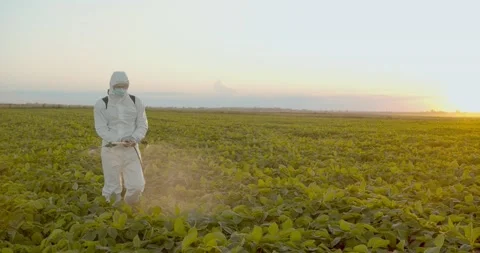SURELY EVERYBODY CAN SEE THE DANGERS OF PESTICIDES, OR CAN THEY ?

The UK has failed to ban 36 pesticides that are not allowed for use in the EU, as campaigners say it is becoming the “toxic poster child of Europe”. Though ministers promised the UK would not water down EU-derived environmental standards after Brexit, there have been multiple instances of divergence since the country left the bloc. Now, the country is failing to phase out pesticides that have been found to be harmful to human health and the environment at the same rate as the EU, according to research from Pesticide Action Network (PAN).Thirteen of the 36 chemicals are considered highly hazardous pesticides under UN definitions used to identify the most harmful substances. Four of these are highly toxic to bees, one contaminates water and one is highly toxic to aquatic organisms. Thirty of the 36 were allowed for use in the EU when the UK left on 31 January 2020 but have since been banned by the bloc, and the remaining six have been approved by the UK government but not the EU since then. The UK government has given emergency authorisation every year since Brexit for the use of a neonicotinoid that is highly toxic to bees. In that time, the EU has banned emergency use of these chemicals. Nick Mole, from PAN UK, said: “The UK is becoming the toxic poster child of Europe. The government has repeatedly promised that our environmental standards won’t slip post-Brexit. And yet here we are, less than four years later, and already we’re seeing our standards fall far behind those of the EU. With UK bees and other pollinators in decline, and our waters never more polluted, now is the time to be taking steps to protect nature. Instead, the government is choosing to expose British wildlife to an ever-more toxic soup of chemicals.” Of these chemicals, 12 have been classified as carcinogens, nine have been found to be endocrine disruptors, which interfere with hormones and are linked to infertility, and eight are developmental or reproductive toxins that have also been linked to fertility problems. Two are cholinesterase inhibitors that can impair the respiratory system, and one is classified as acutely toxic.



